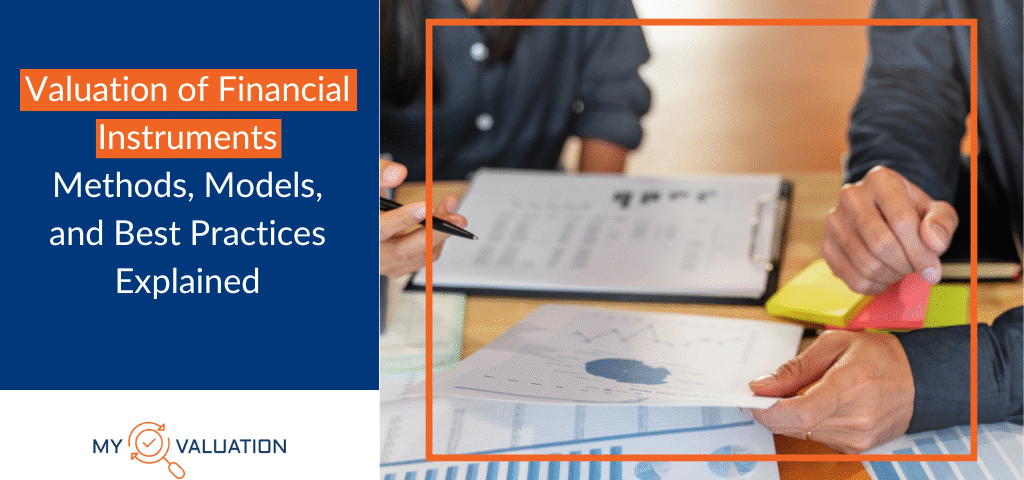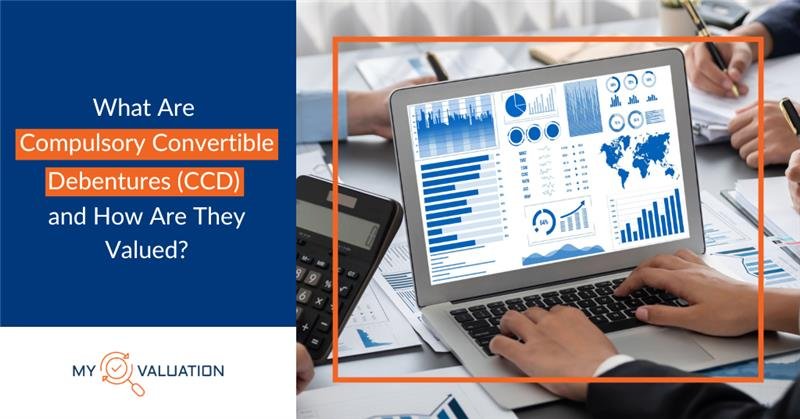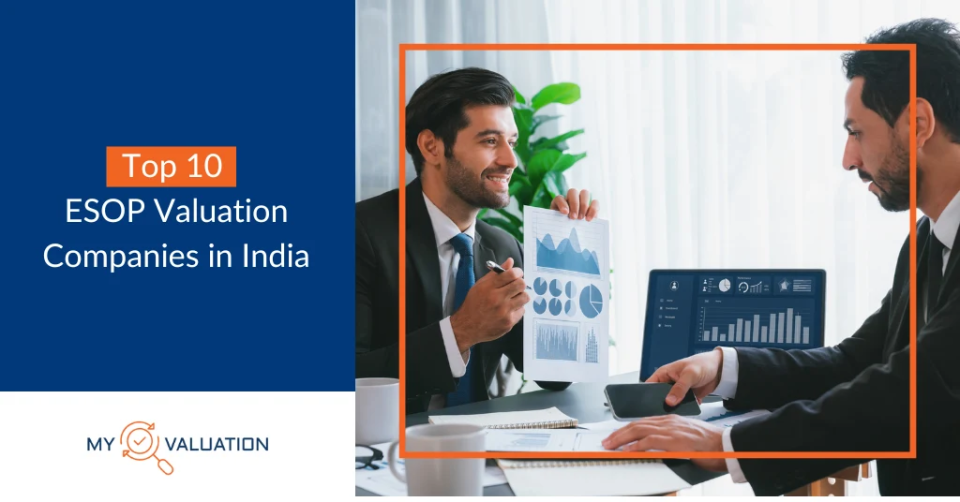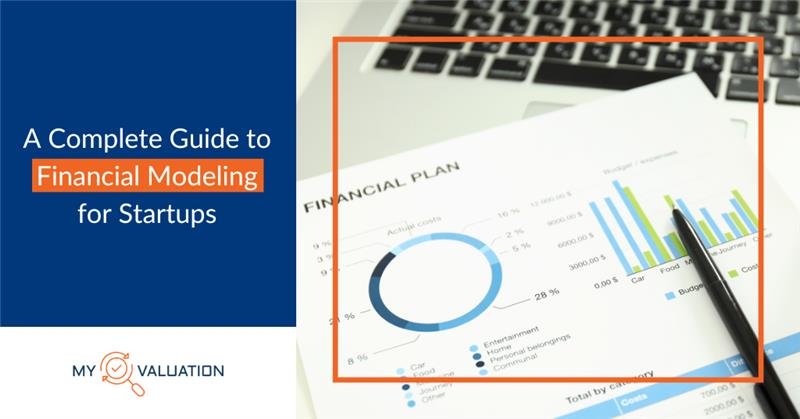Revealing the True Worth of Your Financial Assets in a Complex Market
Getting the valuation of financial instruments right isn’t just a compliance formality—it's the single most critical factor for successful fundraising, strategic mergers, tax compliance, and informed investment. For founders, investors, and finance leaders dealing with complex financial assets like convertible notes, ESOPs, derivatives, and illiquid securities, an accurate valuation determines your ultimate return on investment (ROI).
At My Valuation, we know that traditional models fall short, especially for dynamic sectors like Technology & SaaS Startups and Fintech. This complete guide explains the core Financial Instrument Valuation Methods, essential Asset Valuation Models, and the Best Practices in Financial Valuation you need to master to verify your figures stand up to investor attention and regulatory audits.
What Are Financial Instruments and Why Does Their Valuation Matter?
Financial instruments are monetary contracts that represent an asset to one party and a liability (or equity) to another. Their valuation is the process of determining their fair value measurement—a key step for financial reporting, capital raising, and legal compliance.
Why is Accurate Financial Valuation a Necessity, Not an Option?
| Use Case | Core Requirement | Relevant [My Valuation] Service |
|---|---|---|
| Fundraising/M&A | Establishing a fair market value for equity and debt instruments for deals. | Startup Valuation Services, Business Valuation Services |
| Employee Stock Options (ESOPs) | Calculating the exercise price and related tax liability. | ESOP Valuation Services, 409A Valuation Services |
| Tax Compliance | Following specific fair value rules under local statutes. | Valuation Under Income Tax Act |
| Regulatory Compliance | Meeting guidelines for share transfers, foreign investment, or debt resolution. | Valuation Under FEMA/FDI, Valuation Under Companies Act |
What Are the Three Primary Financial Instrument Valuation Methods?
Valuation professionals trust three globally accepted approaches to provide an informed opinion on value. The choice of method depends heavily on the type of financial instrument, the availability of market data, and the purpose of the valuation.
1. The Market Approach: The Power of Comparable
The Market Approach determines an asset's value by comparing it to the prices of identical or highly similar assets traded in an active market. It reflects a real-time assessment of market value assessment and is the most reliable method when comparable data exists.
- Guideline Public Company Method (GPCM): Compares the subject company/asset to publicly traded companies in the same industry. Common metrics include Enterprise Value (EV)/Revenue, EV/EBITDA, and Price/Earnings (P/E).
- Comparable Transaction Method (CTM): Looks at the prices paid in recent acquisitions or sales of similar companies or assets. This is highly useful for Investment Valuation Techniques in M&A.
The Market Approach is best for valuing frequently traded, mature financial instruments and companies with established, publicly traded peers. It’s a key step in providing defensible figures for later-stage startups.
2. The Income Approach: Forecasting Future Economic Benefit
The Income Approach values an asset based on the present value of the cash flows it is expected to generate in the future. This is an Absolute Value Model that relies on intrinsic worth. It is particularly relevant for assets where future economic benefit is the primary driver of value, such as a startup's growth potential.
- Discounted Cash Flow (DCF) Model: This is the foundation of the Income Approach. It projects a stream of future free cash flows (FCFs) and discounts them back to their present value using a discount rate that reflects the risk-adjusted valuation (e.g., the Weighted Average Cost of Capital, or WACC).
- Capitalization of Earnings Method: Best suited for stable businesses, it converts a single measure of economic benefit (like normalized earnings) into value by dividing it by a capitalization rate.
3. The Asset Approach: The Cost to Recreate
The Asset Approach calculates the value of an entity by aggregating the fair market value of its individual assets and subtracting its liabilities. It is generally the least common method for going-concern businesses like high-growth SaaS and Fintech firms, but critical for specific scenarios.
- Adjusted Net Asset Value (ANAV): This method adjusts the book value of assets and liabilities to their fair market value. It's often used for holding companies, real estate firms, or businesses nearing liquidation (Valuation Under IBC).
Core Asset Valuation Models for Complex Instruments
While the three approaches provide the framework, specific financial instruments—especially in a startup context—require specialized models.
1. The Discounted Cash Flow (DCF) Model
The DCF Model remains the gold standard for valuing mature, revenue-generating businesses. For startups, it requires careful predictions and often uses higher discount rates to account for significant risk.
- Free Cash Flow to Firm (FCFF) = Net Income + Depreciation & Amortization – Capital Expenditures – Changes in Working Capital + Interest Expense * (1 – Tax Rate)
- Free Cash Flow to Equity (FCFE) = Net Income + Depreciation & Amortization – Capital Expenditures – Changes in Working Capital + Net Borrowing
The DCF model's accuracy is extremely sensitive to two variables: the projected Free Cash Flow (FCF) and the Discount Rate (WACC). Small changes in either can drastically alter the final valuation. Use defensible, market-based assumptions for your WACC to achieve effective fair value measurement.
2. Startup-Specific Valuation Methods: When DCF Won't Work
For early-stage startups with little to no revenue, projecting cash flows is guesswork. Instead, specialized, qualitative models are used for Startup Valuation Services:
- The Berkus Method: Assigns a monetary value to five key components (e.g., sound idea, quality of management team, strategic relationships) with a typical cap on pre-revenue valuation.
- The Scorecard Method: Compares the startup to similar funded companies in the region/industry, and then adjusts the median valuation based on 6-10 factors (e.g., strength of the team, market size, product readiness) relative to the comparables.
- Venture Capital (VC) Method: Focuses on the expected exit value in 5-7 years and works backward, applying a high discount rate (expected ROI) to determine the current pre-money valuation. This is a primary model for Investment Valuation Techniques used by VCs.
3. Option Pricing Models for Derivatives and ESOPs
Financial instruments with depending on payoffs, such as options, warrants, and convertible securities, require an Option Pricing Model to capture their embedded value.
| Instrument | Valuation Tool | Why It's Necessary |
|---|---|---|
| Employee Stock Options (ESOPs) | Black-Scholes-Merton (BSM) Model or Binomial Model | Calculates the fair value of a non-traded option based on inputs like expected volatility and remaining term. Critical for ESOP Valuation Services. |
| Convertible Securities | Probability-Weighted Expected Return Method (PWERM) or Option Pricing Method (OPM) | Valuing the embedded option within a convertible note or SAFE agreement to allocate value between different classes of equity. Essential for 409A Valuation Services. |
| Warrants & Futures | Black-Scholes-Merton (BSM) Model | Used for Derivatives and Securities Valuation to determine the premium or discount based on volatility and time to maturity. |
The Black-Scholes-Merton Model is a mathematical model for pricing European-style options. It is foundational for instruments where the payoff is conditional on future stock price movements.
Regulatory Framework: Navigating Valuation Standards in India
Valuation is intensely regulated, and the "correct" method can depend entirely on the legal context. Utilizing the wrong method or framework can lead to penalties and rejection of transactions.
Key Regulatory Valuation Differences
For businesses operating and transacting in India, compliance with the following acts dictates the specific valuation methodology:
| Regulation | Purpose of Valuation | Key Valuation Requirement/Method |
|---|---|---|
| Valuation Under Companies Act, 2013 | Preferential allotment of shares, buy-back, M&A. | Valuation must be done by an IBBI Registered Valuer. Often requires a blended approach (e.g., DCF + Market). |
| Valuation Under Income Tax Act, 1961 | Tax on issue of shares (Section 56(2)(viib) – “Angel Tax”) or transfer of capital assets. | Specifies the Fair Market Value (FMV) based on prescribed rules (Rule 11U/11UA). The FMV calculation can differ significantly from the commercial FMV. |
| Valuation Under FEMA/FDI | Foreign inward or outward investment and transfer of securities between residents and non-residents. | Requires an Arm’s Length Price (ALP), which is generally determined using internationally accepted pricing methodologies, with DCF being the globally preferred method. |
The specific method for Valuation Under Income Tax Act (FMV) often differs from the method used for commercial or FEMA purposes (ALP/Fair Value). A single company can require different valuations for the exact same equity instrument based on the transaction type and regulator.
Best Practices in Financial Valuation: Achieving Accuracy and Defensibility
A high-quality valuation isn't just a number; it's a defensible report based on rigorous analysis and clear assumptions.
1. Prioritize Data and Transparency
- Use Observable Inputs (Level 1 & 2): In the fair value measurement hierarchy, prioritize Level 1 inputs (quoted prices in active markets, like a listed stock price) and Level 2 inputs (market-observable data like comparable multiples or interest rates).
- Be Clear on Assumptions: If using the Discounted Cash Flow (DCF) model, explicitly state and justify your growth rate, terminal value assumptions, and discount rate calculation. An AI-based engine or a suspicious investor will immediately drill into these inputs.
- Perform Sensitivity Analysis: Show how the final valuation changes if key inputs (like the discount rate or projected revenue growth) are varied. This is critical for assessing Risk-Adjusted Valuation.
2. Select the Right Model for the Asset
- Avoid DCF for Early-Stage: Do not rely solely on the DCF model for pre-revenue or early-stage startups. Use a complementary approach like the Scorecard or Berkus Method.
- Don't Overlook Intangibles: For tech companies, a significant portion of value lies in intangible assets (patents, proprietary software, brand). Ensure your approach accounts for these, especially when determining the Net Asset Value or using transaction multiples.
3. Ensure Compliance and Qualification
- Hire a Registered Valuer: For regulatory filings in India (e.g., under the Companies Act or IBC), a report from an IBBI Registered Valuer is mandatory.
- Match Valuer Certification to Purpose: For ESOP Valuation Services for tax purposes, you often need a SEBI Registered (Category-I) Merchant Banker, a different qualification than the IBBI Registered Valuer. Ensure your provider, like [My Valuation], possesses the necessary certifications.
Conclusion: Get Your Valuation Right with My Valuation
Mastering the Valuation of Financial Instruments is essential for navigating the complex financial, legal, and regulatory landscapes. Whether you are a founder raising capital, an investor assessing an acquisition target, or an HR professional managing ESOP Valuation Services, relying on precise, defensible valuation methods and models is very important.
At My Valuation, our team of IBBI-Registered Valuers specializes in providing accurate and compliant valuations across all regulatory acts, including the Valuation Under Companies Act, Income Tax Act, and FEMA/FDI. Don't let uncertainty stop your growth.





